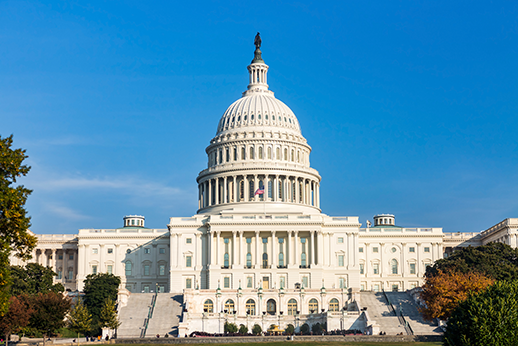
Now a Campaign on the Issues
Alicia H. Munnell is a columnist for MarketWatch and senior advisor of the Center for Retirement Research at Boston College.
Governor Romney’s choice of Paul Ryan as his running mate is a great development. Instead of criticism of the President for the slow recovery from the most serious financial collapse since the Great Depression or of Governor Romney’s activities at Bain Capital, the voters can focus on the issues. Paul Ryan has done something that neither political candidate has done so far – namely, put forth a plan to restore long-run fiscal balance. Ryan’s plan not only restores balance but does so without tax increases, thereby dramatically reducing the size of government. Within the plan itself, the largest and most controversial proposal is his treatment of Medicare. This blog post discusses Ryan’s Medicare proposals. A forthcoming post will discuss the Romney/Ryan tax proposals.
Let’s be clear, Medicare is a major contributor to the deficit, and reducing Medicare costs must be a critical component of any plan to help the long-run fiscal outlook. The question is how to cut the program.
Ryan’s plan would fundamentally change the nature of Medicare, extend the eligibility age from 65 to 67, and eliminate the “doughnut hole” relief to the Medicare drug benefit in the 2010 Affordable Care Act (ACA). The first two changes do not start until 2023, for people who are currently under age 55.
Under the Ryan plan, the government would no longer provide coverage directly under Medicare but rather would help seniors buy health insurance in the private market. Ryan describes his plan as “premium support” as opposed to a voucher system. Either approach turns Medicare into a plan that subsidizes private insurance plans. The theory is that competition among the private plans for the senior’s dollar will help contain costs. If not, Medicare spending will be limited to the growth of GDP plus 0.5 percent. This arrangement raises the prospect that the cost of private plans would far exceed the money provided, shifting a large burden to seniors.
When the Ryan plan takes effect in 2023, the age of eligibility would begin to increase from 65 to 67. Such an increase would bring Medicare eligibility in line with Social Security’s full retirement age. It could also encourage people to delay retirement so they do not spend periods without health insurance. But basically, this is a cost-shifting proposal. Medicare costs would go down, but individuals and (the dwindling numbers of) employers that offer health insurance would have to pay more. States’ spending on Medicaid would also be higher.
Finally, because Ryan proposes repealing the ACA, his plan eliminates the relief for the gap in coverage – the “doughnut hole” – under Medicare Part D. Essentially, after a Medicare beneficiary surpasses the prescription drug coverage limit, the beneficiary is responsible for the entire cost of prescription drugs until the expense reaches the catastrophic threshold. Under the ACA, people who fall within the doughnut hole began in 2010 to receive a rebate and by 2020 the doughnut hole will be completely phased out. Repealing the health care legislation would eliminate this relief and shift more of the costs to the individual.
Earlier versions of Ryan’s plan were sharply criticized because they did not retain a traditional Medicare option. Under his revamped approach, seniors will be able to sign up for traditional Medicare. However, to the extent that sicker people seek to remain in the traditional program, it could become very expensive. To the extent that the traditional Medicare plan costs more than the competing private plans, seniors would have to pay the difference. Moreover, critics suggest that doctors would likely leave the traditional Medicare plans if options were available, since they already find today’s Medicare payments inadequate.
Ryan’s Medicare proposals will contain budget costs, and I admire him for putting it on the table. But personally I find the proposals deeply flawed. Without real “bending of the health care cost curve,” premium support simply shifts the costs from the government to the individual. Cost control is possible only once everyone is in the system. As in Massachusetts, the first step is universal coverage and the second step – currently underway in Massachusetts – is reigning in costs. The ACA, which is modeled on the Massachusetts legislation, is the foundation for real cost savings. Ryan’s proposals will simply raise the average senior’s health care cost in 2023 by more than $6,000 compared to baseline amounts, according to Congressional Budget Office estimates.






